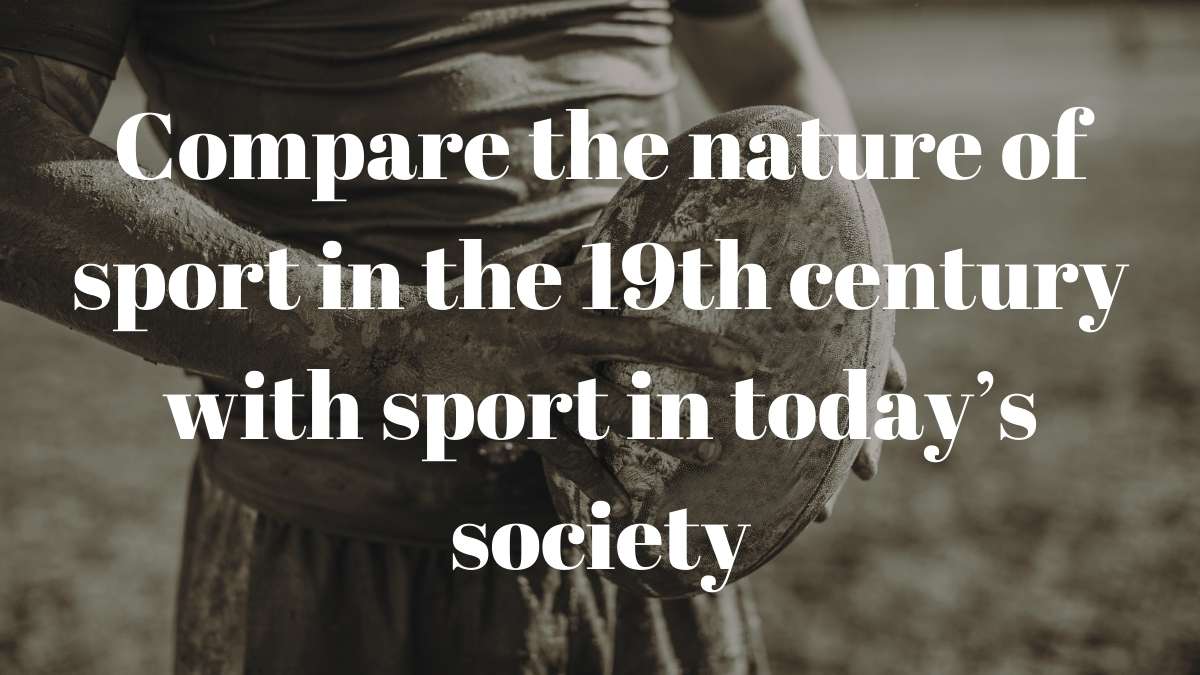Compare the nature of sport in the 19th century with sport in today’s society
This learn to matches up with the beginnings of modern sport in 19th century England and colonial Australia and asks you to consider three questions.
How have the meanings of amateur and professional sport changed?
Amateur | Professional | |
19th Century |
|
|
Today |
|
|
How did the meanings of sport differ for different social groups?
In the 19th Century the middle and upper class groups in society played for the enjoyment, leisure and love of the sport. Sport was more of a social outing rather than a need to play or a need for income.
Working class- labour intensive jobs, played for “hero” status. The idea that sport was hard work aligned with the idea of being a “hero”. Payments were introduced to support the lower end of society.
Going to war proved women could do the same labour intensive activities as men and were prepared to engage in high contact sports. This was the turning point for women’s participation in sport. Today we have exclusive schools that focus on sport.
The YouTube program The Season takes a look at Rugby League as a pathway to a professional career in sport.
Welfare and wellbeing programs have been introduced in many Rugby League clubs to support men and their mental health and the pressure that comes from performing on a big stage. Some of our biggest name athletes come from the lower end of society such as Jarryd Hayne.
How did women’s and men’s sports participation differ and why?
The end of WWI saw a shift in support for women’s participation in sport. Netball and Hockey were dominant female sports. Still today there is a stigma of “girl sports” and “boy sports”.
The Olympics decided that long distance events were too strenuous for women for many years until 1984. In 1984 the USA hosted the Olympics in Los Angeles. This was the first year women could participate in events like a marathon and other long distance events.
Sexism has continued to be an issue for women’s participation in sport. Today there are still women’s and men’s events in gymnastics.
Tayla Harris, AFLW superstar and her kick captured by the media sparked sexualised comments throughout social media. The media’s decision to remove the post created more controversy as the idea of not being supportive or removing the comments rather moving the entire image.
Females are now engaging in other forms of traditionally male domains associated with sport including commentating and hosting. Rugby League has seen a huge progression with female participation- NRLW competition, State of Origin, Jillaroos ,and working alongside immortal players for coverage and commentating.

